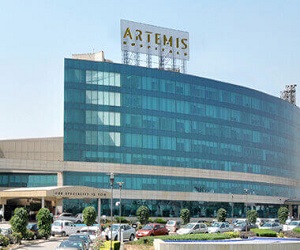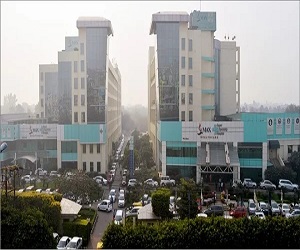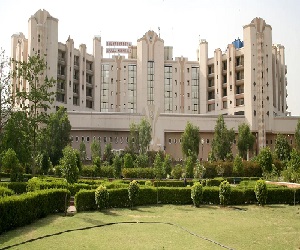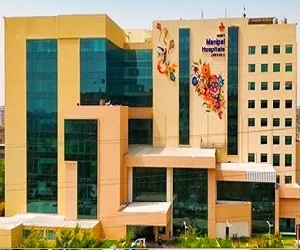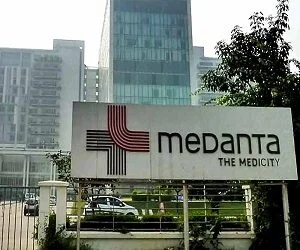Understanding Aplastic Anemia and Its Treatment
Aplastic anemia is a serious condition in which the bone marrow fails to produce enough hematopoietic stem cells, which are essential for generating red blood cells (RBCs), white blood cells (WBCs), and platelets. This deficiency leads to a variety of health issues and requires medical attention for proper diagnosis and treatment.
Symptoms of Aplastic Anemia
While symptoms may not always be obvious, common signs of aplastic anemia include:
- Fatigue
- Irregular heart rate
- Shortness of breath
- Pale skin
- Frequent infections
- Easy bruising
- Nosebleeds
- Skin rash
- Headache
- Dizziness
- Fever
Symptoms can vary from temporary to chronic. It is crucial to consult a doctor for an accurate diagnosis rather than attempting self-diagnosis.
Diagnosing Aplastic Anemia
Diagnosis involves several key tests:
- Blood Tests: These tests measure the levels of RBCs, WBCs, and platelets. A low count across these cells is indicative of aplastic anemia.
- Bone Marrow Biopsy: A sample of bone marrow is taken using a needle and examined under a microscope. This test is essential to confirm a diagnosis of aplastic anemia by revealing a low number of blood cells in the marrow.
Treatment Options
- Bone Marrow Transplant: This procedure involves replacing the faulty bone marrow with healthy stem cells, which can develop into RBCs, WBCs, and platelets. This is often the preferred treatment for severe cases.
- Blood Transfusion: This provides immediate relief by increasing the levels of RBCs and platelets in the patient’s bloodstream, stabilizing those with significant blood cell deficiencies.
- Medical Therapies: For patients who are not suitable candidates for a transplant, drug therapies such as cyclosporine and anti-thymocyte globulin (ATG) are used. These drugs can help partially restore blood cell production.
Hospital Stay and Post-Discharge Care
- Hospital Stay: A bone marrow transplant requires hospitalization, typically around 25 days. The process involves extracting healthy stem cells, filtering them, and injecting them into the patient’s bloodstream. The patient must take medications to prevent rejection of the transplanted cells.
- Post-Discharge Care: After discharge, patients need to be vigilant about infection control due to their weakened immune systems. Regular hand washing and oral hygiene are critical. Any signs of infection should prompt immediate medical consultation.
Success Rate of Aplastic Anemia Treatment
- ATG Injections: The success rate of treatment with ATG injections is around 60%. This therapy can significantly improve patient outcomes and quality of life.
Aplastic Anemia Treatment cost in India are as follow
| Treatment | Cost in USD | Stay in Hospital |
| Aplastic Anemia Treatment | 14500-19500 | 3-4 Weeks |
| Blood Cancer Treatment | 11500-17500 | 3-4 Weeks |
| Sickle Cell Anemia Treatment | 14500-19500 | 3-4 Weeks |
| Multiple Sclerosis Treatment | 5500-6500 | 3-5 Days |

